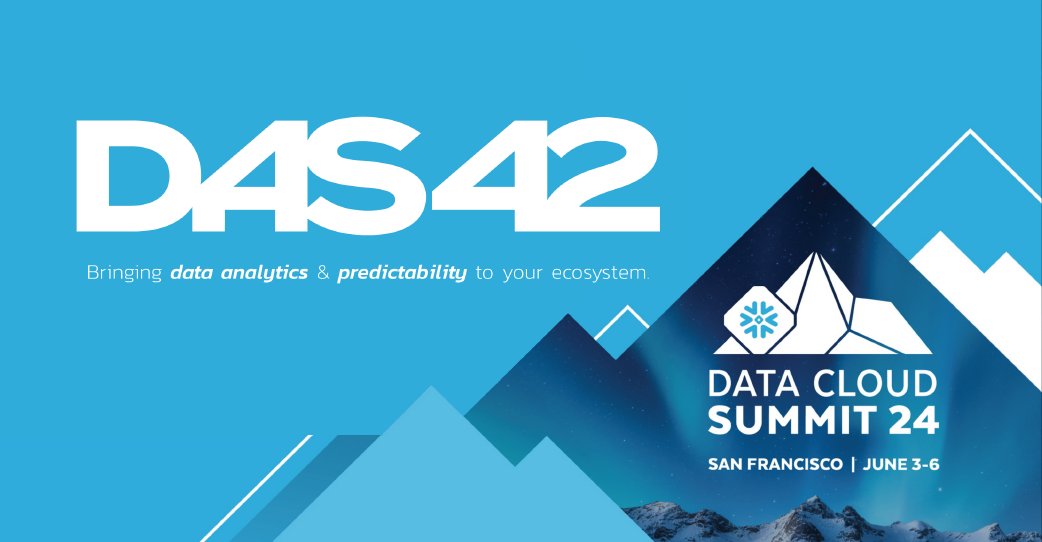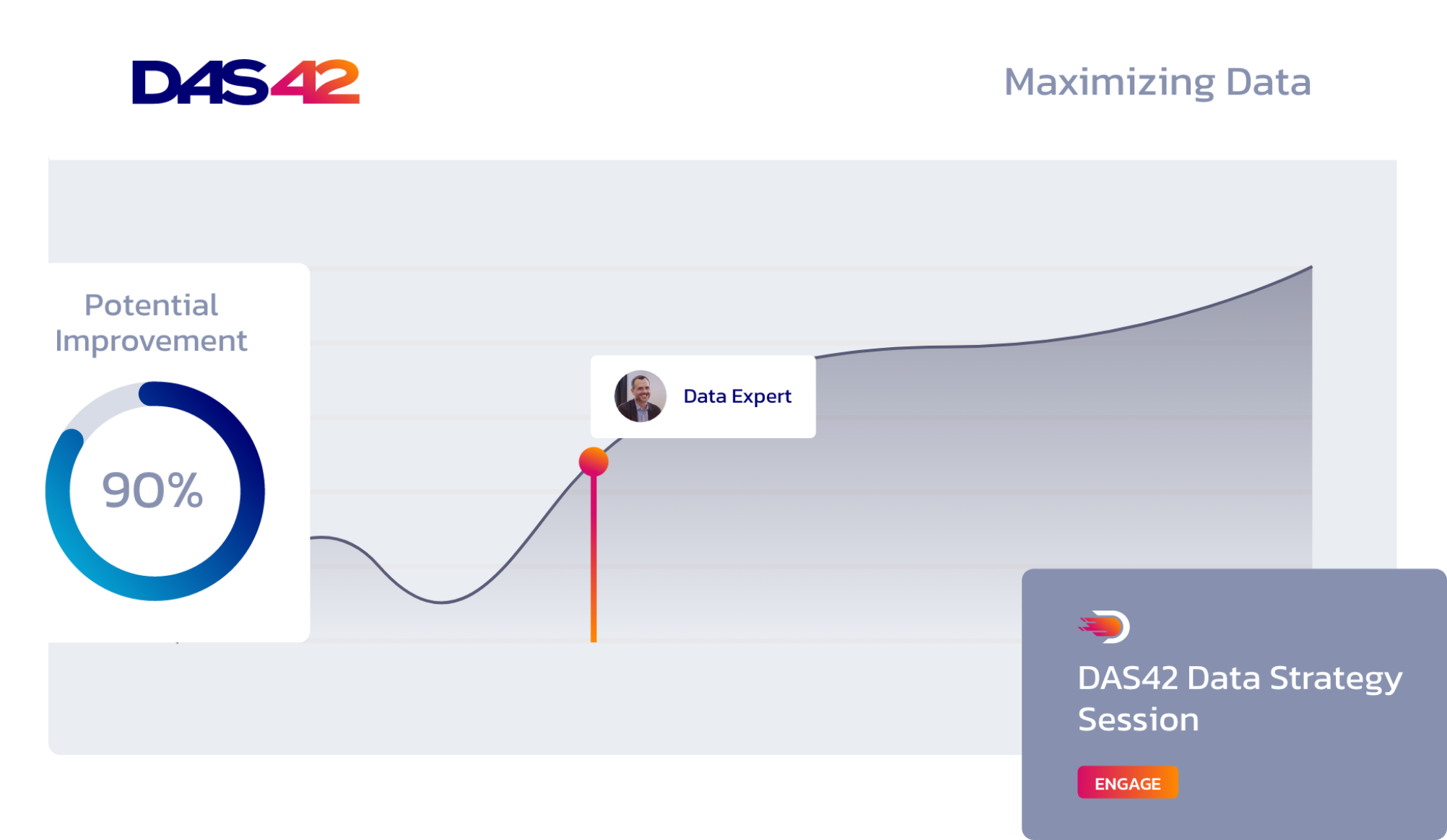Modern data analytics is revolutionizing all aspects of how we do business.
From evaluating marketing initiatives to streamlining sales and supply chain issues, organizations looking to stay competitive see immediate benefits from a modern data stack.
But once you have the technology in place to fuel robust, data-driven decision-making, you must reach further to maximize your return on investment. Sales, marketing, and finance may be among the first to benefit from self-serve analytics, but you can’t overlook the potential gains in recruiting as well.
Using the same processes applied elsewhere in your organization, data analytics streamlines each step in your talent pipeline. HR apps like Workday already can ensure your recruitment capabilities and processes are compiled. Once open to the capabilities of a business intelligence platform like Looker, your employment application, interview, and assessment priorities for every department are available for analysis.
By objectively looking at the fine details of your process, you gain insights that can eliminate bottlenecks, confront unconscious bias, and allow your talent recruitment to run more smoothly and better reflect the wider world.
Data analytics streamlines your talent pipeline to a single source
Though often overlooked when planning a data analytics rollout, HR stands as a significant area of need for every organization. Factor in companies that need to scale quickly during periods of growth, and recruiting grows less efficient at the time you need it the most.
For example, a Silicon Valley technology company was recently experiencing significant expansion as its product enjoyed greater adoption rates around the country. To meet demand, the company needed to expand its workforce, but recruitment kept lagging behind. Instead of posting open positions using a single resource, their forms and applicant data were inconsistent and spread across Workday and Greenhouse platforms. Plus, they were managing a third data source from the finance department, which managed headcount budgets and goals.
Without a single source of truth, the company was unable to analyze their recruitment process, and track performance against quarterly goals. Were they falling short of fulfilling their headcount needs because they didn’t have enough recruiters? Or were breakdowns in the talent pipeline due to other issues in their organization?
Fortunately, the company already had implemented Looker for their sales, marketing, and product teams. As a result, there was a clear path toward building new dashboards that were accessible by the HR, recruiting, and finance teams to illustrate details about their applicants and hiring process.
When companies are growing fast, you can easily experience inconsistencies as recruitment is managed by multiple stakeholders and best practices have yet to be established. Data analytics provides a means to recognize inefficiencies that would have otherwise gone unnoticed.
Data-driven recruiting improves diversity, equity, & inclusion (DE&I) efforts
Data analytics ensures consistency in your recruitment efforts. But you can also use data to illustrate areas where your company can ensure it’s drawing from the widest talent pool. Once your hiring data is open to analysis, you can use its insights to expose where your talent pipeline is prone to unconscious bias.
Addressing DE&I has been a challenge in the technology industry for years. In the case of our client in Silicon Valley, one of their main goals for applying data analytics was to evaluate the company’s progress in implementing its own diversity initiative.
In setting up their recruiting dashboards, we also incorporated US Census data to illustrate how their talent pipeline compared with the general population. Throughout the hiring process the company was able to recognize where there were gaps between candidate demographics and the census data.
Do certain demographics fall short at the application level? Or is there an unconscious barrier on the part of recruiters at the interview stage? Are too few female candidates progressing through the pipeline? The questions grew as the data broke down diversity and equality performance across departments to illustrate more areas of improvement.
These custom dashboards also allow your company to evaluate how recruitment and diversity results are trending versus a year ago. By gaining insights into where your company stands, you can adjust your efforts to better meet your goals.
Data analytics allows you to fine-tune recruitment performance
With any implementation, compiling your company’s hiring data into a single source reveals inconsistencies and inaccuracies. Some recruiters may be using free-form fields that disrupt your data, which must be resolved when building a clean model. But once your process is standardized, Looker can deliver actionable insights you need to make improvements.
Along with illustrating demographic details of your talent pipeline, Looker allows you to create dashboards to analyze the performance of individual recruiters. At the technology company, DAS42 created dashboards that allow managers to view how many people a recruiter screened in a day. Then, those numbers could be compared with the rest of the team. If one recruiter is failing too many candidates or another is passing everyone through, the company can institute more coaching to improve their efforts.
You can also chart how long candidates spend in a certain stage of the talent pipeline, which reveals staffing shortcomings. Gaining insights into these questions helps fine-tune your hiring process to ensure it’s running smoothly.
Data reveals insights into retention patterns
Converting your company’s recruitment capabilities into data is an important piece of the puzzle when it comes to satisfying headcount goals. But when planning dashboards for your team, you have to be sure you’re gathering accurate, actionable information.
The ability to recognize that your various departments have a certain number of employees is useful, but there’s little you can do with that information. However, if you can see a given team is generating a higher-than-average number of job postings, then you may have an issue to address. Are the churn rates due to employee dissatisfaction on the team? Or have your salary rates grown less competitive compared with the current market rate? With data analytics, your HR team can recognize potential problem areas to increase employee retention.
Resolving issues with diversity, recruiting, and retention can’t happen overnight. However, once you’ve established data as a priority in your organization by implementing modern storage and analytics capabilities, you can apply those tools to another critical aspect of your business. Contact DAS42 to ensure your talent pipeline is delivering the reach your business needs.
Services provided









